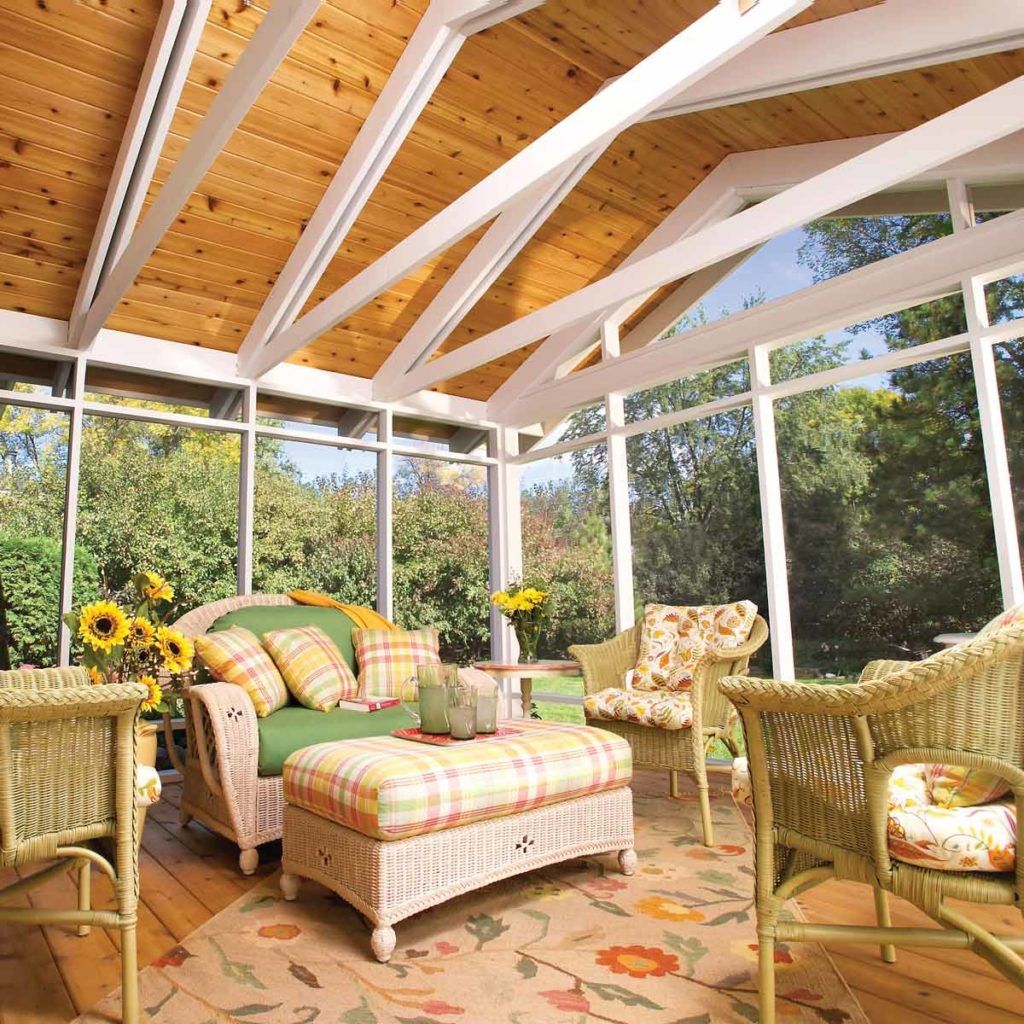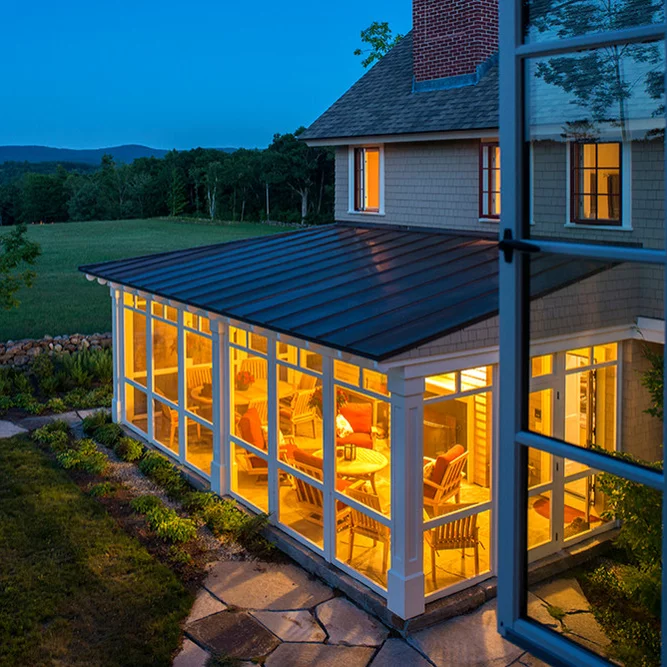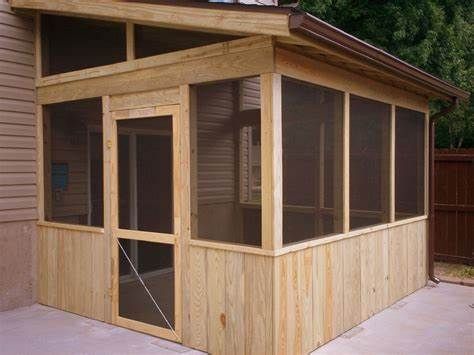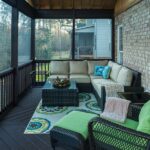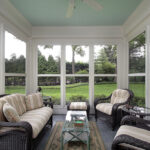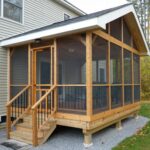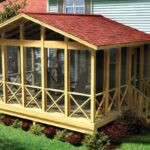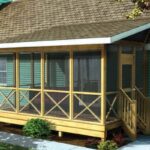Screened in porches are a great addition to any home, providing a space to enjoy the outdoors while staying protected from insects and the elements. If you’re considering adding a screened in porch to your home, having a well-thought-out plan is essential. There are several key factors to consider when designing your screened in porch, from the layout and size to the materials and amenities.
One important consideration when planning your screened in porch is the layout and size of the space. Think about how you’ll use the porch – will it be primarily for dining and entertaining, or will it serve as a relaxing spot for reading and lounging? Consider how many people will typically use the porch at once, and make sure to plan accordingly to ensure there is enough space for everyone to comfortably enjoy the area.
When it comes to materials, there are several options to choose from for your screened in porch. Popular choices include pressure-treated wood, composite decking, and vinyl. Each material has its own pros and cons, so be sure to research carefully and choose the one that best fits your budget and aesthetic preferences. Additionally, consider the type of screening material you’ll use to enclose your porch – options include traditional screen mesh, pet-resistant screen, and solar screen.
Another important aspect of screened in porch planning is the roof design. Will your porch have a flat roof, a shed roof, or a gable roof? The roof design will not only impact the overall look of the porch but also affect the amount of natural light that enters the space. Additionally, you’ll need to consider whether you want to incorporate skylights or ceiling fans into your porch design for added comfort and functionality.
Incorporating amenities into your screened in porch can enhance the overall enjoyment of the space. Consider adding a ceiling fan or outdoor heater for temperature control, as well as built-in lighting for evening use. If you plan on using the porch for dining, including a built-in grill or outdoor kitchen can be a great addition. Don’t forget to think about furniture and decor as well – comfortable seating, outdoor rugs, and potted plants can all help make your screened in porch feel like an extension of your indoor living space.
Finally, it’s important to consider any local building codes and regulations when planning your screened in porch. Depending on your location, there may be restrictions on the size, height, and location of the porch. Make sure to obtain any necessary permits and work with a reputable contractor to ensure your screened in porch is built to code and will stand the test of time. With careful planning and attention to detail, your screened in porch can become a favorite spot for relaxation and entertaining for years to come.
